Are Aspen Trees Good For Log Cabins? [And What Is Better?]
The most common wood varieties used to build log cabins are pulpwood and lumbar. While they look absolutely stunning and are quite durable, they’re also some of the costliest wood varieties. If you want to keep the costs to a minimum, you should consider using Aspen trees to build the log cabin of your dreams.

Are Aspen Trees Good For Log Cabins?
According to the USDA, Aspen is a great wood variety that you can use to build log cabins. It’s not just beautiful but also lightweight, easy to cut and shape, and is resistant to splitting. There’s no reason why you shouldn’t consider building your log cabin using Aspen.
With pulpwood and lumber prices touching the skies, you may be looking for pocket-friendly wood options to build a log cabin at a scenic spot.
There are plenty of reasons why Aspen seems like a good choice. It gives an interestingly attractive character to the cabin and is relatively easy to work with. If you know how to use this wood properly, you’ll never regret opting for it over lumbar and pulpwood.
Does Aspen Make Good Lumber?
Aspen didn’t receive much attention as a possible source of lumber in the past, but today, it’s being used widely for lumber for a number of reasons. Less than pine, but it’s increasing in popularity.
Unique Character
Aspen is a good source of lumber for construction because of its unique appearance. This species of wood has stunning bark.
It’s straight-grained and, therefore, has a smoother texture, making it aesthetically appealing. Not only this, the insect etchings on the wood give it an interesting character.
Originally, the wood from Aspen trees is white in color, but it turns gray-brown upon exposure. The knots are prominent, and there’s a bit of discoloration in the center.
While most people would look at these features as defects, they actually give Aspen lumber the character we talk so fondly about.
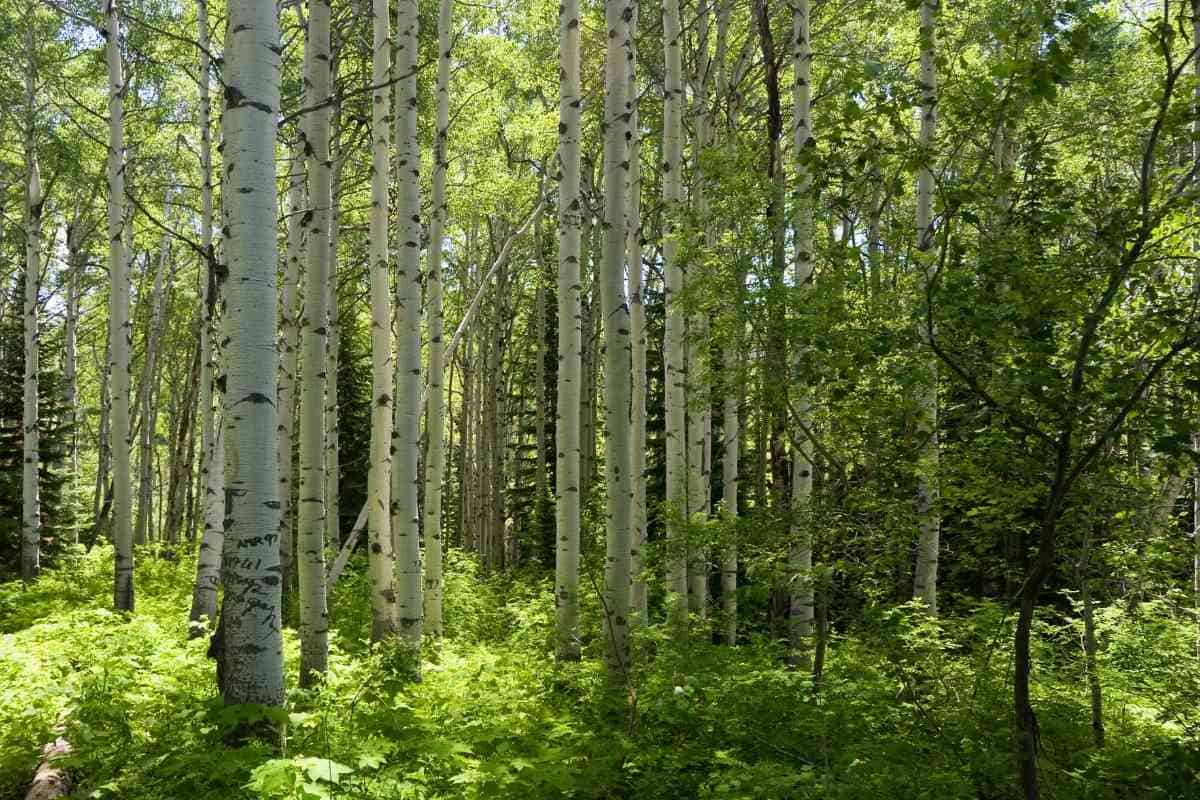
Excellent Paint Holding Capacity
One of the best features of Aspen lumber is its paint holding capacity. It stands on top of the list when it comes to the lumber varieties with impressive paint holding capacity.
This is also why the visual defects in the Aspen lumber are something you shouldn’t worry about, as they can easily be covered with paint.
Good Nail Holding Power
Another reason to consider Aspen for lumber is the excellent nail holding power. Although Aspen lumber is soft, it doesn’t split apart when hammered with nails. For this reason, you can use larger nails without the fear of wood splitting.
Lightweight
Aspen wood is extremely light in weight. It means you won’t need as much extensive labor and equipment to transport and work with Aspen. That’ll save you a lot of money.
Easy to Work With
Another plus of using Aspen lumber is the ease of use. It’s quite soft, which makes it easier to cut. It’s resistant to splitting, which means you can shape it as you like without worrying about it splitting apart.
Durability
Aspen lumber is not durable and is highly susceptible to deterioration and disintegration. It wouldn’t last for more than 3 to 4 years.
However, this problem can be easily overcome with simple preservative treatment. With the right preservative treatment, Aspen can last for many years.
What Is The Best Wood For A Log Cabin?
While Aspen and Poplar lumber are good options for building a log cabin, it comes with downsides.
Since you wouldn’t want your log cabin to get deteriorated after a few years, you would want to be certain that you’re using the best wood variety to build your log cabin.
Of course there are the usual suspects like red oak, walnut, hemlock, and other wood products, below are some great options you may not have considered.
Cedar Wood
Cedar is surely the best option when you’re looking for the best wood variety for your log cabin.
Cedar wood is one of the most durable wood varieties, and a log cabin built using cedar wood will last a very long time.
When we talk about engineering requirements, this wood variety doesn’t score too high compared to other wood species.
Cedar wood is quite expensive, primarily because larger quantities aren’t readily available, and when they’re made available, they come with a price.
One of the reasons why cedar wood is the best wood for log cabins is the fact that it’s quite lightweight and can be easily stacked.
The wood is quite dry and doesn’t bend. The fact that it stays straight (when protected from harsh weather conditions) is reason enough to consider this wood variety to build a log cabin. Another plus point of using cedar wood for log cabin construction is it doesn’t shrink too much like other popular wood varieties.
You can easily control stain and mold when working with cedar wood. If affordability isn’t a problem for you, you should definitely choose cedar wood for your log cabin.
Cypress
Cypress is also a good option to build a log cabin. It’s one of the most durable wood varieties out there. It’s strong and absolutely gorgeous.
The best thing about Cypress is its reasonable cost. The cost of the wood is literally nothing for the number of years a Cypress log cabin will last.
However, there are some downsides to using Cypress for building log cabins. This wood variety retains moisture which means it’s quite susceptible to deterioration and mold growth if it’s not dried properly. Another con of Cypress for log cabin construction is mold growth.
If Cypress gets mold, it’ll only spread deeper, and it’s extremely difficult to get rid of it.
Fir and Spruce
These wood species are some of the most commonly used wood species for building log cabins. These wood logs have got large lengths and diameter that make it easy to build large log cabins.
Fir and spruce are very rigid and strong, making log cabins made using these wood species quite durable.
While these wood species can get stained and grow mold, prevention is not too difficult. It means if you’re taking the right precautionary measures, your log cabin will never get attacked by mold.
Fir and spruce have been used to construct commercial structures, and there’s no reason you shouldn’t consider building your log cabin using these varieties.
Is Aspen Wood Durable?
Aspen wood isn’t durable. You can’t expect Aspen wood to last a very long time. Without any treatment, Aspen wood will hardly last for 3 to 4 years.
However, if the logs used for building Aspen log cabins are seasoned well, and the cabin is constructed and maintained right, an Aspen log cabin a last a fairly long time without any preservative treatment.
But if you’ve got any doubts regarding the quality of the wood, you should always get the logs treated with a preservative. Better yet, don’t build your log cabin using Aspen wood.
Is Aspen Rot Resistant?
Unfortunately, Aspen wood has little resistance to rot. The wood will start to rot and decay if the conditions are moist. If a small part of the wood is rotting, the rot will quickly spread throughout. It has very little natural decay resistance.
Since your Aspen log cabin will be out in the open round the clock, the chances of rot and decay are very high.
To make Aspen rot-resistant, you must treat it with a preservative. Without a preservative, your Aspen log cabin will start to rot in a few years’ time.

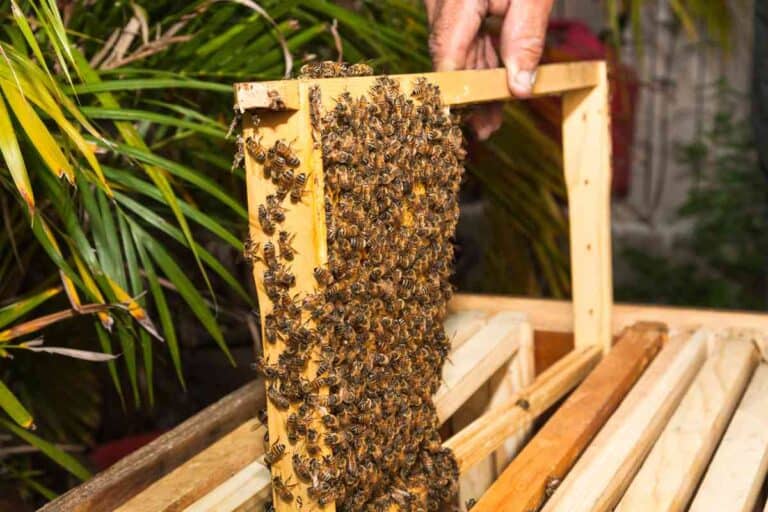
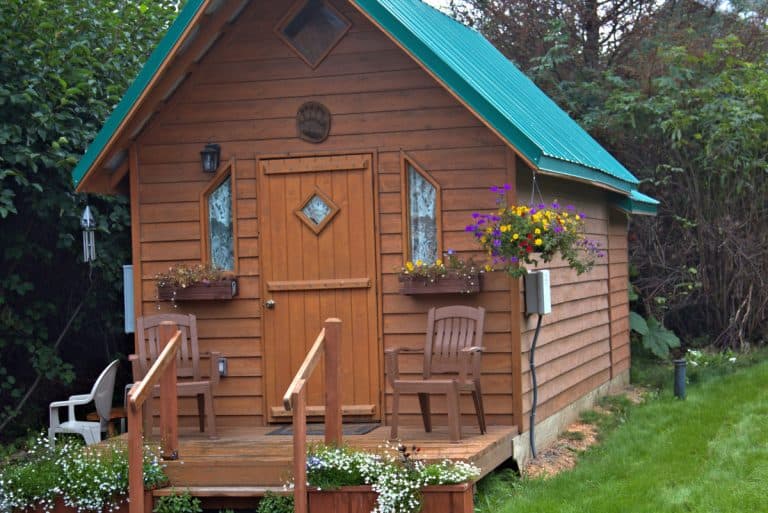
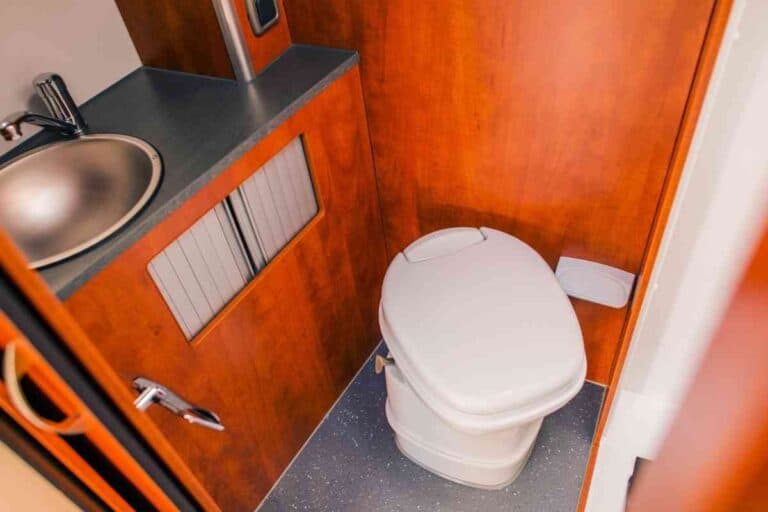
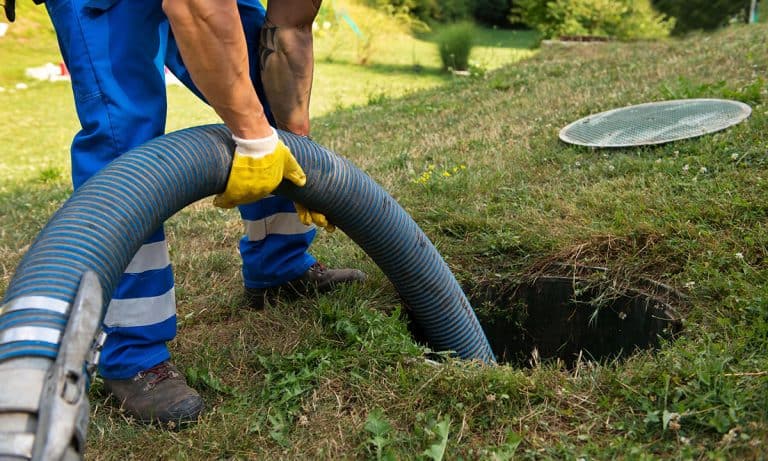

![How To Reset A PUR Filter [Solved In Seconds!]](https://freedomresidence.com/wp-content/uploads/2022/06/How-To-Reset-A-PUR-Filter-768x512.jpg)